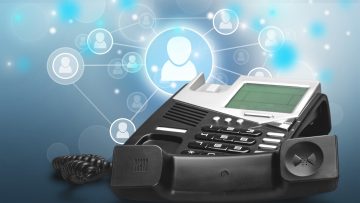If you’re considering starting a podcast, it’s always beneficial to fine-tune your setup to increase your chances of creating a successful hit. Whether you’re working with a tight budget or have more resources to invest, numerous excellent technologies used in top podcasts can support you in bringing your show to life.
While each setup may vary depending on personal preferences, there is a fundamental formula that every aspiring podcaster should follow.
Key aspects
Podcast technology encompasses all the necessary equipment and tools to create, record, and publish your podcast. As trends in podcast technology evolve, new and innovative tools emerge, but our core recommendations remain consistent.
Before we delve into our specific recommendations, let’s take a step back and examine the various technologies you’ll need for a successful podcast. While some are directly related to your podcast’s creation and recording process, peripheral tools also play an essential role in the overall production.
First and foremost, you’ll need a reliable computer, mobile device, or tablet to serve as the foundation of your podcasting setup. This will be the hub for your recording, editing, and other podcast-related tasks. Choose a device that meets your performance requirements and is compatible with the software you plan to use.
Next, a high-quality microphone is crucial for capturing clear and professional-sounding audio. Various types of microphones are available, such as dynamic microphones, condenser microphones, and USB microphones. When selecting the right microphone, consider your recording environment, budget, and personal preferences.

Additionally, remember to invest in accessories like a microphone stand, pop filter, and shock mount to enhance your recording quality. Headphones are another important tool for podcasters. They permit you to monitor your audio in real time, ensuring you can hear any issues or background noise during recording or editing. Look for headphones that provide accurate sound reproduction and a comfortable fit for long sessions.
In terms of software, you’ll need podcast recording software to capture your audio and editing software to refine and enhance it. Multiple options are available, from free to paid, each with features and capabilities. Research and try different software to find the one that aligns with your editing style and workflow.
To make your podcast accessible to listeners, you’ll need a podcast hosting platform. This is where you upload your episodes, generate an RSS feed, and distribute your podcast to various podcast directories.
Consider factors like storage space, analytics, and pricing when choosing a hosting platform that suits your needs. If you plan to create a visually engaging podcast, consider investing in design software and a camera. Design software can help you create eye-catching podcast cover art, social media graphics, and promo materials. A camera will allow you to capture video footage for a podcast, adding another dimension to your content.
It’s important to remember that there is no one-size-fits-all approach to designing a podcasting setup, nor is there a single definitive equipment choice in each category. Every creator will have their preferred podcast technology company or specific equipment that works for them but may not necessarily work for you. Therefore, exploring and experimenting to find the best fit for your unique podcasting journey is crucial.





